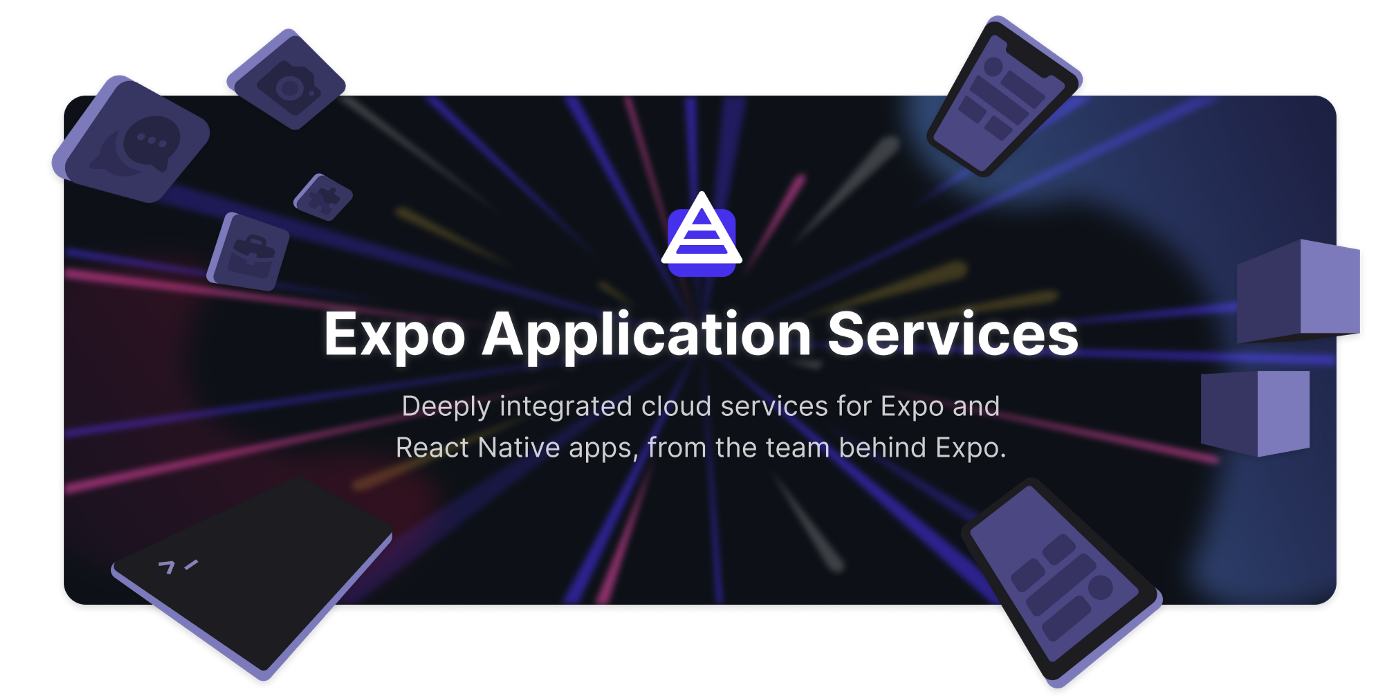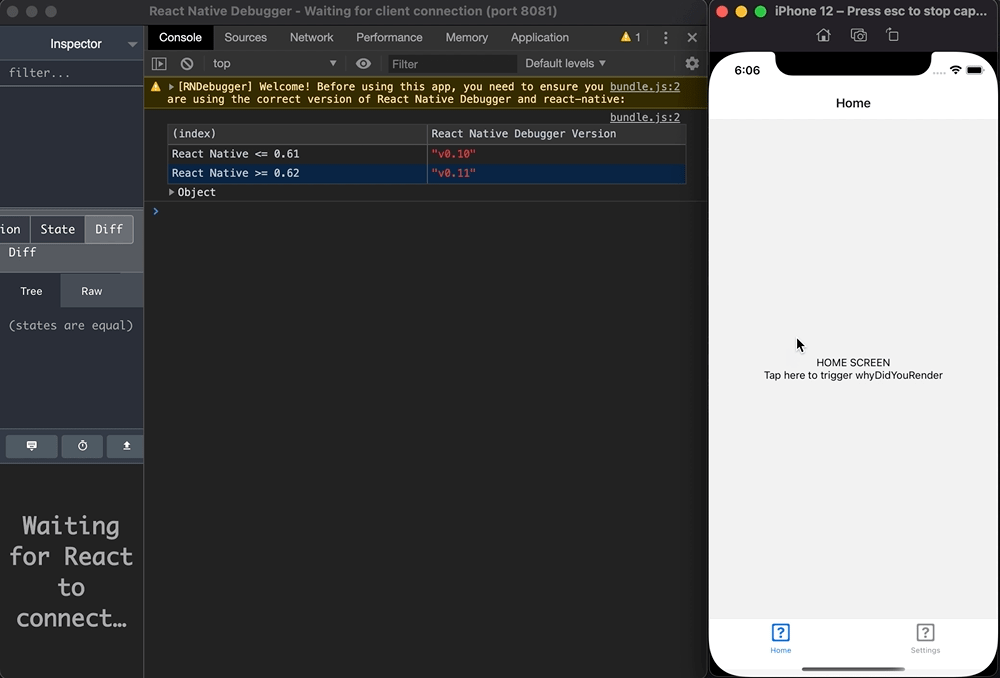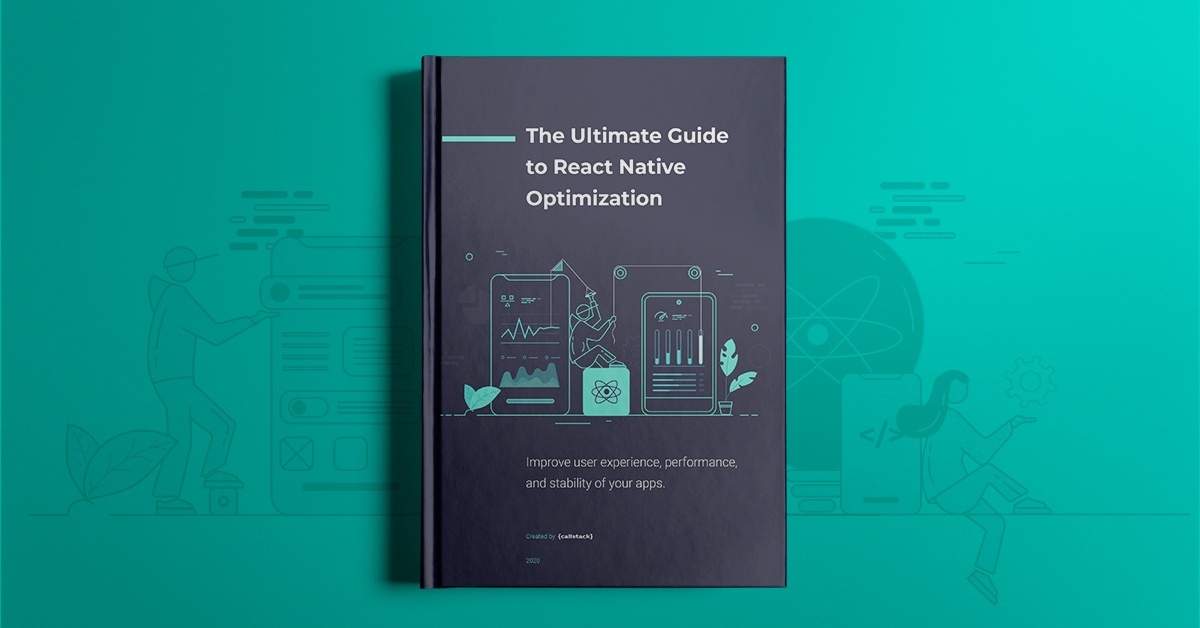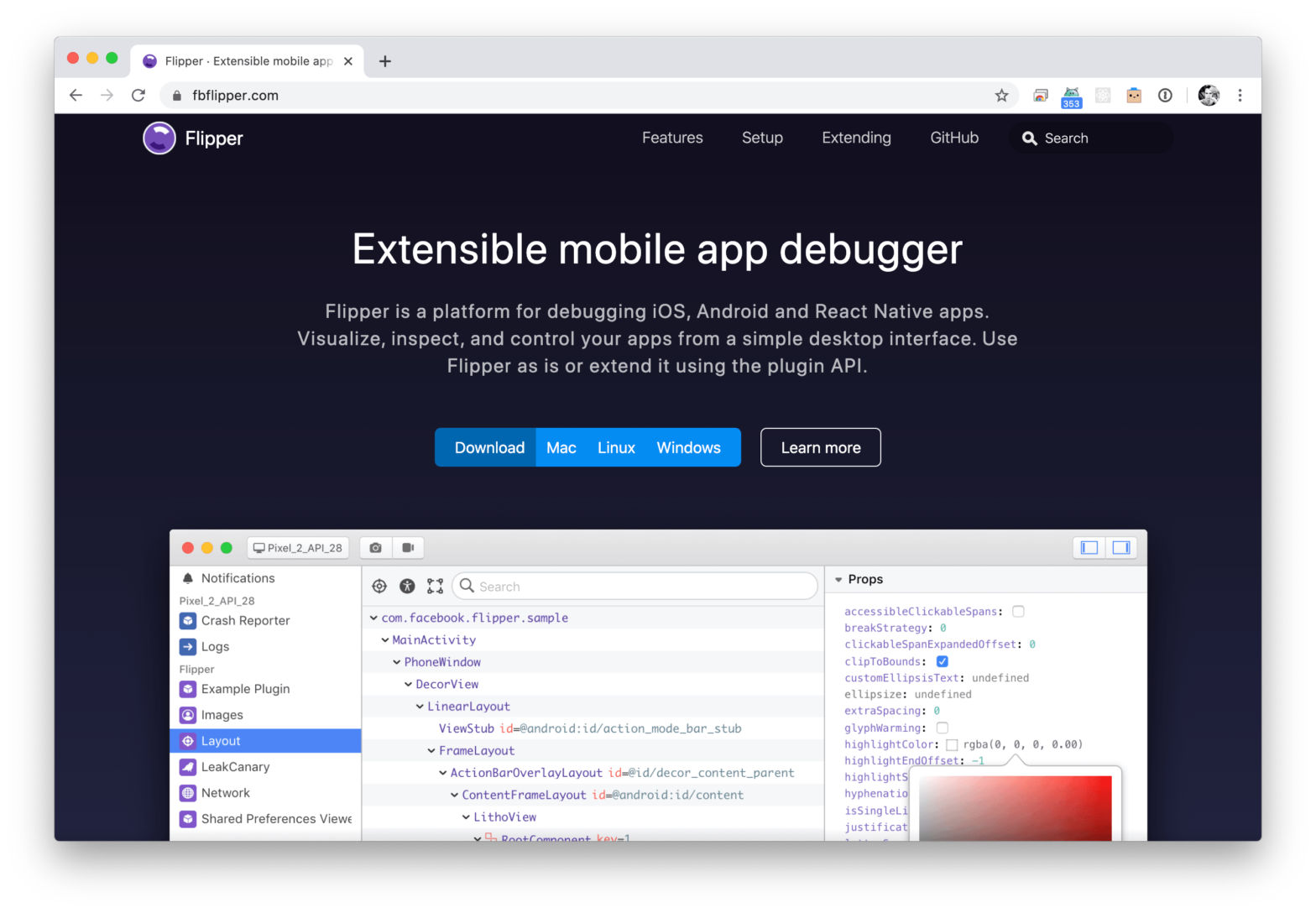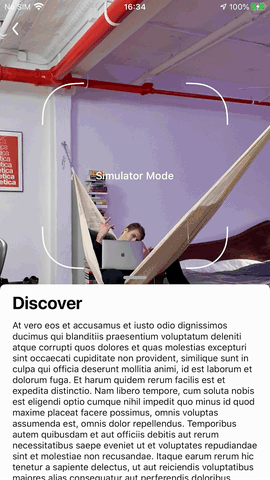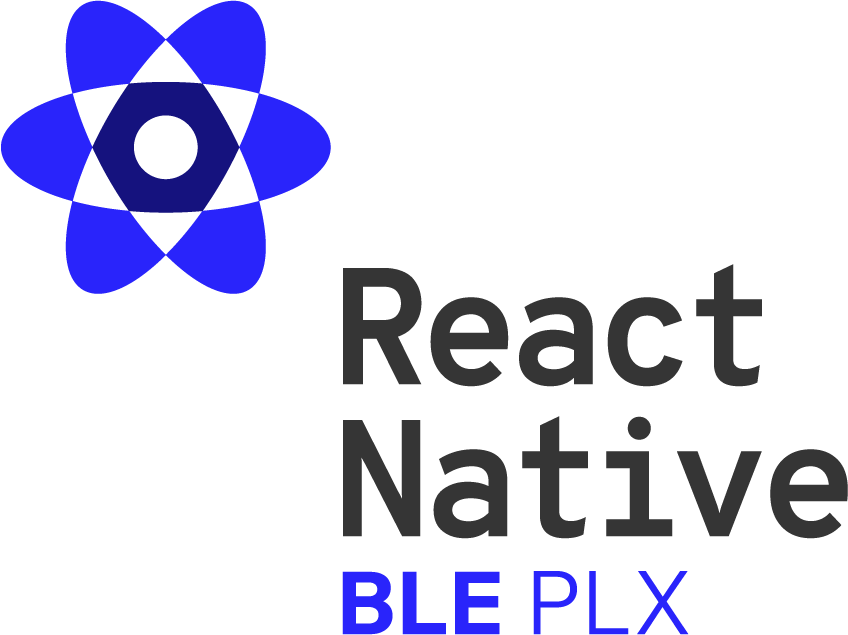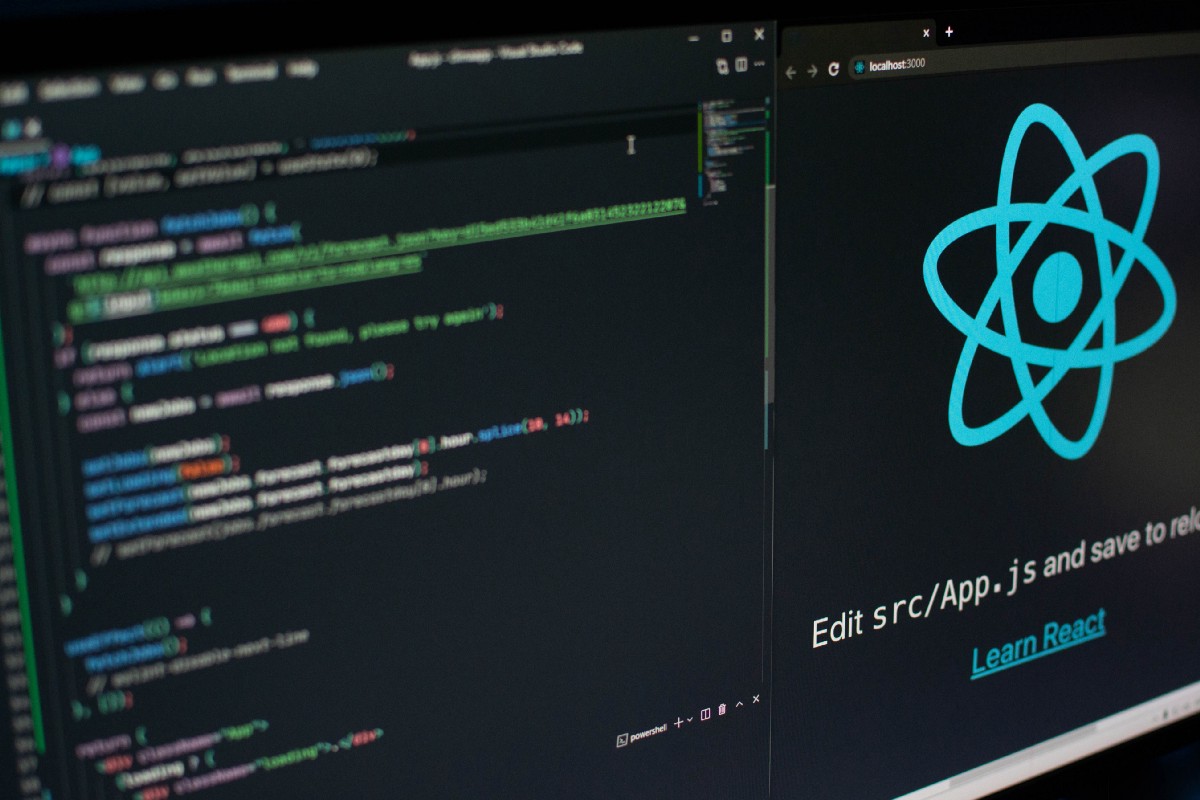
Photo by Lautaro Andreani on Unsplash It’s been a while since I’ve done some React Native work, but the 0.69 release seems like a very welcome one: React 18, bundled Hermes, Fabric, TurboModules, and the JSI. React Native 0.69 brings a ton of important improvements & updates to the table, with performance & memory usage …

